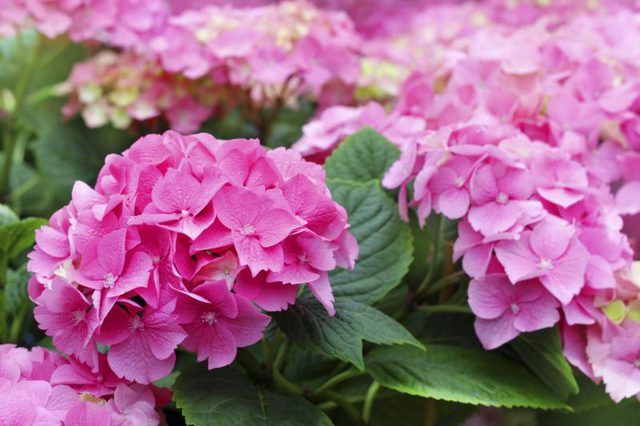Bulbs
Flower Basics
Flower Beds & Specialty Gardens
Flower Garden
Garden Furniture
Garden Gnomes
Garden Seeds
Garden Sheds
Garden Statues
Garden Tools & Supplies
Gardening Basics
Green & Organic
Groundcovers & Vines
Growing Annuals
Growing Basil
Growing Beans
Growing Berries
Growing Blueberries
Growing Cactus
Growing Corn
Growing Cotton
Growing Edibles
Growing Flowers
Growing Garlic
Growing Grapes
Growing Grass
Growing Herbs
Growing Jasmine
Growing Mint
Growing Mushrooms
Orchids
Growing Peanuts
Growing Perennials
Growing Plants
Growing Rosemary
Growing Roses
Growing Strawberries
Growing Sunflowers
Growing Thyme
Growing Tomatoes
Growing Tulips
Growing Vegetables
Herb Basics
Herb Garden
Indoor Growing
Landscaping Basics
Landscaping Patios
Landscaping Plants
Landscaping Shrubs
Landscaping Trees
Landscaping Walks & Pathways
Lawn Basics
Lawn Maintenance
Lawn Mowers
Lawn Ornaments
Lawn Planting
Lawn Tools
Outdoor Growing
Overall Landscape Planning
Pests, Weeds & Problems
Plant Basics
Rock Garden
Rose Garden
Shrubs
Soil
Specialty Gardens
Trees
Vegetable Garden
Yard Maintenance
Difference Between Snowball Bush & Hydrangea
Difference Between Snowball Bush & Hydrangea. At a distance, common snowball bush (Viburnum opulus "Roseum") and smooth hydrangea (Hydrangea arborescens) might be mistaken for one another. Come closer, and their contrasts abound. Beyond their snowball-like blooms, the shrubs differ distinctly -- right down to flowering time. These...

At a distance, common snowball bush (Viburnum opulus "Roseum") and smooth hydrangea (Hydrangea arborescens) might be mistaken for one another. Come closer, and their contrasts abound. Beyond their snowball-like blooms, the shrubs differ distinctly -- right down to flowering time. These dependable, popular bushes earned devoted followings over the years. Find a place in your garden for both and enjoy a blizzard of blossoms all season.
About the Blooms
Common snowball bush bears profuse, 3-inch-wide flower clusters in mid- to late spring. The sterile flowers start apple-green in color, open to bright white and then age with a pink tinge. Smooth hydrangea offers its blooms right on the heels of snowball bush. Its tiny, fertile, chartreuse flowers open to pure-white, 2- to 6-inch-diameter "snowballs" from early to late summer with sporadic flowering continuing into fall. One common smooth hydrangea cultivar known as "Annabelle" (Hydrangea arborescens "Annabelle"), hardy in U.S. Department of Agriculture plant hardiness zones 3 through 9, bears sterile flower clusters measuring 8 to 12 inches across.
Features for Comparison
Because snowball bush bears sterile blossoms, the showy fall fruit common to many viburnums is absent in this plant, but its brilliant fall foliage compensates. The maplelike leaves of snowball bush shine in the autumn sunlight. Glimmering shades of red, yellow and bronze cover the shrub's 10- to 12-foot height and 12- to 14-foot width. Although its parent can be invasive in some regions, this sterile shrub is not. Smooth hydrangea backs its snowball-like blooms with oval, serrated leaves. Normally growing 3 to 5 feet in height and spread, the shrub turns yellow with autumn foliage. Tiny seed capsules take over from flowers and fling their seeds nearby.
Cultural Considerations
Both snowball bush and smooth hydrangea grow well in moist, well-drained soil and don't require fertilizer in normal, healthy gardens. Snowball bush does best with slightly acidic soil while smooth hydrangea tolerates acidic to alkaline pH levels. Full sun is a requisite for abundant snowball blooms -- and for its brilliant fall color. Give the shrub at least six to eight hours of direct full sun each day. To ensure the best smooth hydrangea blossoms, plant the shrub in shade. It tolerates full sun only when in consistently wet soil, and drought may cause leaf drop. Neither shrub has serious problems with insect pests or diseases.
Nature and Pruning
Native to Europe, North Africa and Asia, snowball bush is hardy from USDA zones 3 through 8. Prune it with restraint -- or not at all. Pruned too heavily, snowball bush takes years to rebound. Limit pruning to immediately after the shrub finishes flowering. Snowball bush blooms on old wood from buds set the previous year. So late-season pruning removes buds meant for spring flowers, and spring frosts do the same. An Eastern U.S. native, smooth hydrangea is hardy in USDA zones 3 through 9. It may die to the soil surface in cold winters then spring back to flower on new growth. Use sharp bypass pruners to prune either shrub. Wear gloves and protective eye-wear, and sterilize your pruners' blades with household disinfectant before and after working on each bush.